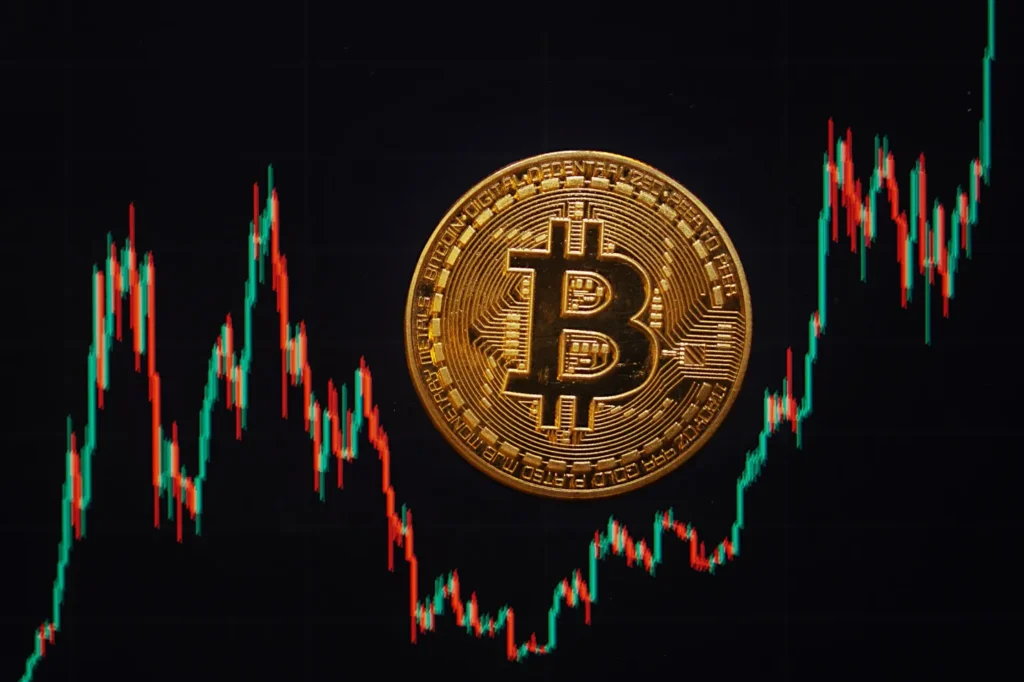If you’ve ever wondered why people are willing to pay thousands of dollars for Bitcoin, or why a JPEG on the blockchain could sell for six figures, you’re not alone. The crypto world often seems irrational on the surface. But dig deeper, and a consistent logic emerges—one that’s rooted not just in scarcity or utility, but in a far more elusive concept: social consensus.
Understanding how digital assets gain perceived value means unpacking how people assign trust in a system that claims to be trustless. Let’s take a radically different look about crypto value—from the inside out.
Trust Without a Middleman: Crypto’s Core Innovation
At its core, cryptocurrency is programmable trust. Blockchains replaced banks, brokers, and governments with code—mathematical rules that anyone can verify but no one can change.
This “trustless” model sounds like a contradiction, but it actually means you don’t have to trust a human—just open-source math. In a world where institutions often fail or manipulate, this kind of built-in fairness is revolutionary.
The more users believe in this model, the more valuable the network becomes.
Code is Law—And So is Belief
Bitcoin’s value isn’t backed by cash reserves. It’s not redeemable for gold. What gives it value is a shared belief that it is sound money—capped at 21 million, immune to inflation, and globally accessible.
This belief is encoded into the protocol and reinforced by the community. That’s why forks (like Bitcoin Cash) might copy the code, but not the value. Belief isn’t duplicated with code—it’s earned.
This applies to other chains too. Ethereum’s community believes in programmable finance. Solana’s users believe in speed and scalability. The value flows from what the users believe the protocol enables, not just what it technically does.
Reputation and Narrative: Hidden Forces Behind Price
Crypto value isn’t just about numbers. It’s about stories. Bitcoin is the story of digital gold. Ethereum is the story of unstoppable apps. Dogecoin is the story of meme magic. These stories act like magnets—they pull in attention, developers, investors, and use cases.
The most valuable projects are often the best storytellers.
That’s why reputation—among developers, users, and even regulators—matters. A token may have great tech, but without a strong narrative, it’s just another codebase. When the world believes your story, your tokens gain traction—and value.
Network Effects: The Invisible Gravity of Value
One wallet is a novelty. A million wallets is a market. The more people who use a cryptocurrency, the more useful it becomes. This is called a network effect, and it’s one of the most powerful forces in tech and finance.
In crypto, the value of a token rises not just because of what it does, but who uses it and how many.
That’s why early adoption matters. That’s why communities fight over things like gas fees and governance. Every active user reinforces the system’s trust—and that trust fuels the market cap.
Beyond Supply: The Human Element of Crypto Value
If crypto were only about scarcity, every token with a fixed supply would be valuable. But they’re not.
Why? Because humans assign value based on context, not just code.
People value:
- Security and transparency
- Composability and community
- Hope, belief, and alignment with values
A coin becomes valuable when people want to own it, build on it, and believe in it—even during the dips.
Final Thoughts: Crypto Value is a Mirror
In the end, value in crypto isn’t about what the token is. It’s about what it means to those who hold it.
The price charts reflect our beliefs: in decentralization, in economic sovereignty, in open-source innovation. To understand crypto value, you don’t just study the math—you study the culture.
So next time you wonder about the value of a coin, ask yourself: What truth does this token tell?
Because in crypto, value is born from belief—and belief is the most valuable currency of all.







